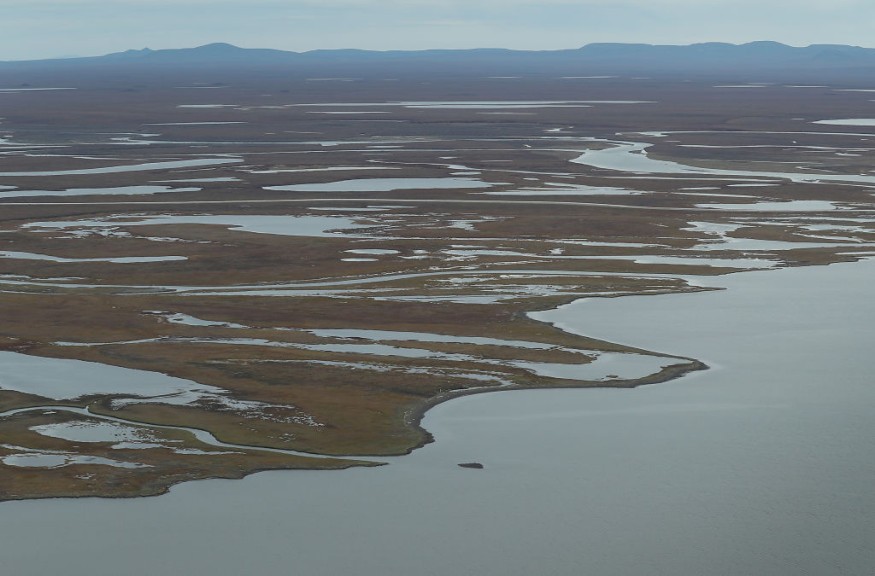
A cancer-causing gas is at risk of "getting out" if the frozen ground of the North continues to melt.
Scientists have been mapping out risks of permafrost thaw, which includes potential outbreak of a radioactive gas lurking beneath it, NewsBreak reports. Some years back, U.K. scientist Paul Glover says the event would be probable in the future, after a speaker in a conference he went to described the low permeability of permafrost.
For years, in some cases, millennia, the permafrost locks microbes and molecules below the ground. However, as the Arctic cryosphere collapses, the thawing permafrost poses overlapping environmental risks which includes release of biological, chemical and radioactive materials trapped in its ground for tens to hundreds of thousands of years, shows a study published in Nature last year.
What the Future Holds for Radon
Glover, a petrophysicist at the University of Leeds in England, recalls that if there is radon underground - a decayed radium element - it should be trapped by a layer of permafrost. But "What happens if that layer suddenly isn't there anymore?"
The scientist worked on methods to estimate radon being potentially "liberated" as climate change drives the permafrost to thaw, particularly in areas of Arctic and sub-Arctic ground where it is currently melting, according to Knowable Magazine.
Along with his co-author, Martin Blouin, now the technical director at the mapping-software firm Geostack, the duo modeled the potential exposure of millions to radon gas in the future.
"As the permafrost melts, this reservoir of active radon can flood to the surface and get into buildings-and by being in buildings, cause a health hazard," Glover explains. It is unknow exactly how it may happen, but Glover came up with a figure by using the rate of diffusion of carbon dioxide and adjusting it for the properties of radon.
Findings reveal that based on 40 percent permafrost thaw, radon emissions could reach up to 200 becquerels per cubic meter of radioactivity levels for a period of more than four years in homes with basements at or below ground level.
Possible Health Risks
The World Health Organization (WHO) says that the risk of lung cancer increases by about 16 percent with every 100 becquerels per cubic meter of long-term exposure, of which 200 becquerels per cubic meter is the maximum safe level of average exposure as per some countries, including the U.K.
Since the gas is odorless, colorless, and tasteless, people can only rely on geology which suggests where radon is present.
While Glover's model is an "early attempt" to understand the effects of permafrost thaw to people's exposure to the gas, it does not account for seasonal variation in the rate of permafrost thaw or the soil compaction that comes into play when ice within it melts.
According to a 2021 study, the permafrost where people live on "will have completely melted away" by 2050. Although not all of some 3.3 million people live in areas prone to radon, many do, such as parts of Canada, Alaska, Greenland, and Russia.
Related article : Huge Solar Flare Hurtling Towards Earth Due to Dead Sunspot
© 2025 NatureWorldNews.com All rights reserved. Do not reproduce without permission.





